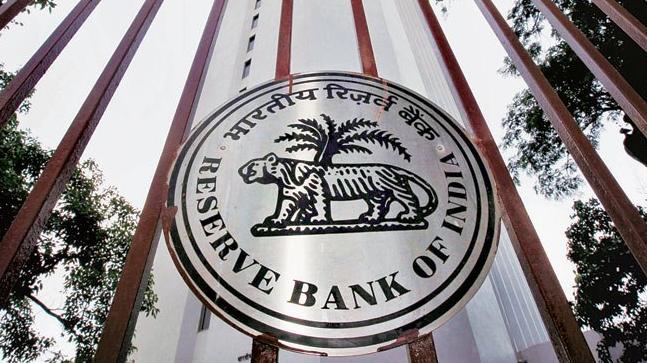RBI has reduced lending rates for the second time in a row by 25 basis points. The repo rate stands at 6 percent after the latest rate cut. The rate cut will propel economic growth in the country as economic activity will increase due to cheap loans. The drop in repo rates will have a serious implication on the day to day life of ordinary civilians, because this rate decides the rate of interest at which people and companies will get loans from the banks. With this, all types of loans like home loans, personal loans and car loans will be cheaper. The banks and Housing Finance Companies such as the State Bank of India, HDFC, ICICI Bank, PNB, Bank of Baroda, UBI, and Kotak Mahindra Bank are expected to reduce lending rates in the upcoming days.
Repo rates in over the last 10 years:
Previously the poll conducted among market economists by news agencies predicted a rate cut by the RBI given low inflation and subdued economic growth. The economists unanimously predicted that the central bank will go for a rate cut of at least 25 basis points. The retail inflation was just 2.57 percent in the month of February, well below the mandated target of 4(+-) 2. The index of industrial production (IIP) cooled to 1.7 percent in January from 2.4 percent in December 2018. Therefore the space for a rate cut was available for the central bank.
“The MPC notes that the output gap remains negative and the domestic economy is facing headwinds, especially on the global front. The need is to strengthen domestic growth impulses by spurring private investment which has remained sluggish,” said RBI.
The previous RBI governors, Urjit Patel and Raghuram Rajan have taken a conservative stance on repo rates. RBI is considered one of the most conservative central banks in the world as it keeps the cost of capital very high compared to other developing and developed countries. This has led to a tussle between the finance ministry and RBI. The interest rates always create a tussle between the central bank and government in every country in the world. There was a period in the United States known as the Greenspan era (1987-2006) when the government and central banks kept the interest rates low for the economic growth of the country. The government expects dovish interest rates for economic growth and the central bank argues for hawkish interest rates to combat inflation.
India has one of the highest ‘effective lending rates’ in the world. As the central banks around the world are flooding the economy with cheap capital, the Reserve Bank of India has kept lending rates high. The central bank has taken a ‘very conservative’ stance of monetary policy and this hurt the economic growth of the country. The unavailability of cheap capital stalls economic activity and hurts economic growth.
The low interest rates will also help the Modi government in the upcoming Lok Sabha elections. The economic activity slowed down in second and third quarter of last fiscal year. The result for the last quarter is yet to be released. After keeping a very conservative stance on policy rate, the central bank is now easing the policy given the fact that economic growth slowed in last few months. The low interest rates will certainly help the economy to pick up.






























